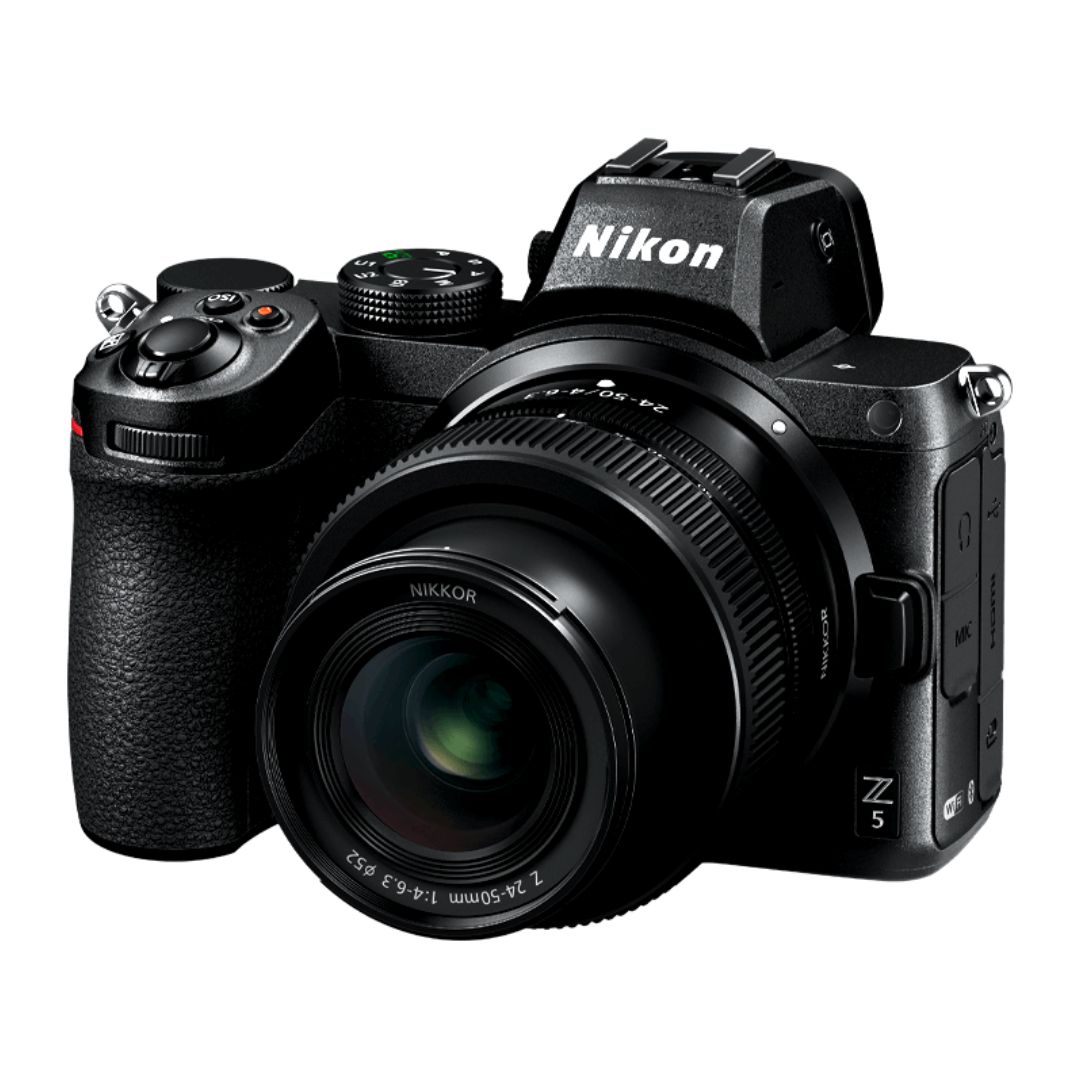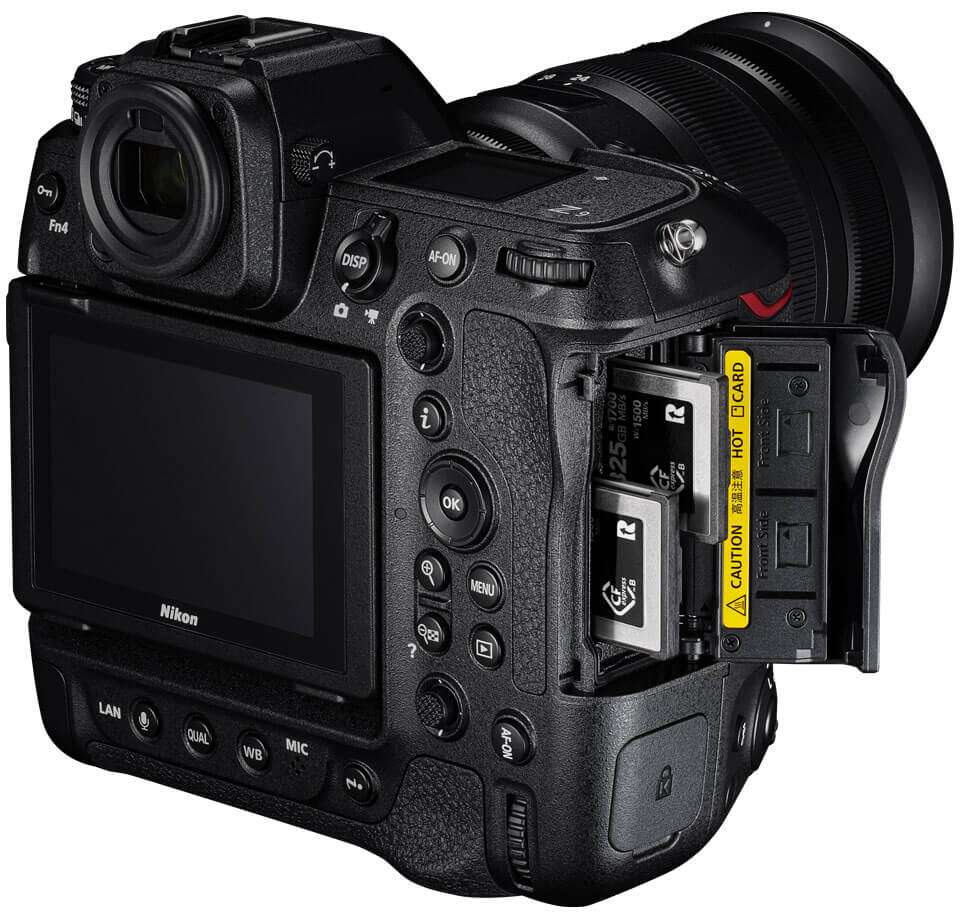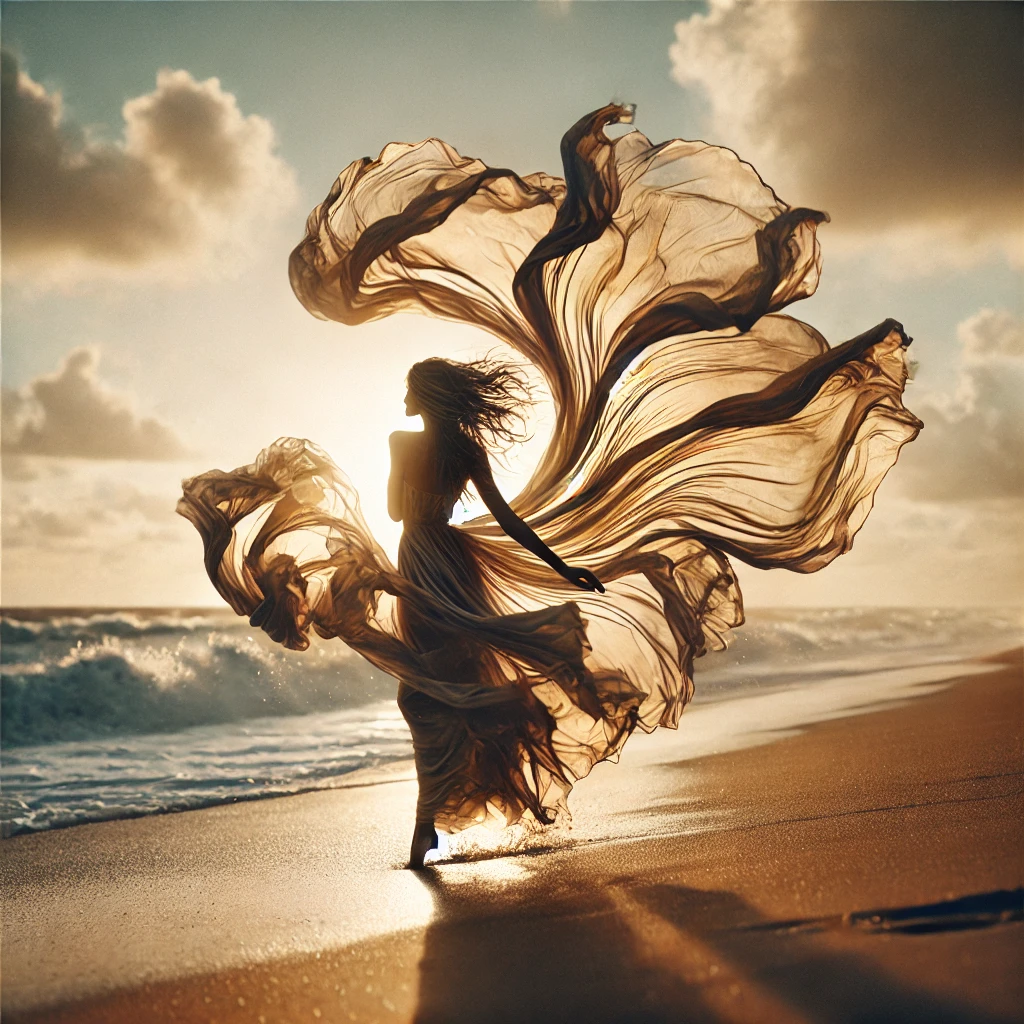A sarong is more than just a piece of fabric—it embodies elegance, movement, and fluidity. Unlike structured clothing, it responds beautifully to motion, creating stunning visual effects when captured correctly. Whether you’re shooting an editorial fashion spread, a beach photoshoot, or a conceptual art project, mastering the flow and texture of a sarong can elevate your imagery to the next level. However, achieving this requires an understanding of fabric movement, lighting, and camera techniques. In this guide, we’ll break down the key aspects of capturing texture of a sarong in motion, ensuring each shot tells a compelling story.
1. Why Motion is Essential in Sarong Photography
A. Injects Energy and Emotion
Static images can be beautiful, but incorporating movement adds a sense of life and excitement. A flowing sarong brings energy, making the shot more engaging and dynamic.
B. Showcases the Fabric’s Texture and Quality
Certain materials, such as chiffon and silk, create soft waves when they move. This motion highlights the fabric’s texture and quality, making it appear more luxurious and visually appealing.
C. Enhances the Model’s Presence
Movement in fabric also enhances the model’s posture and expression. Instead of stiff poses, the subject looks natural and effortless.
D. Creates a High-Fashion Aesthetic
Many editorial and luxury campaigns use flowing fabrics to elevate their images. By mastering motion photography, you can achieve this polished, high-end look in your own work.
2. Choosing the Right Sarong Fabric for Motion
Not all fabrics respond the same way to movement. The choice of material plays a crucial role in how the sarong flows in a shot.
A. Lightweight & Flowing Fabrics (Ideal for soft, airy movement)
- Chiffon – Creates a dreamy, translucent effect
- Silk – Smooth and luxurious with elegant draping
- Organza – Holds its shape while still flowing naturally
- Rayon or Modal Blends – Soft yet offers a controlled movement
B. Structured Fabrics (Best for dramatic, sculptural shots)
- Linen – Gives an organic, relaxed motion
- Cotton Voile – Light yet structured for elegant draping
- Satin – Reflects light beautifully, adding a polished look
💡 Tip: Avoid stiff fabrics that don’t catch wind or light properly, as they will look rigid in motion shots.
3. Camera Settings for Capturing Motion & Texture
Understanding the right camera settings can make a huge difference when capturing the flow and texture of a sarong.
A. Shutter Speed Adjustments
- Fast Shutter Speed (1/500s – 1/2000s): Freezes motion, capturing crisp waves and folds in the fabric.
- Slow Shutter Speed (1/30s – 1/100s): Introduces intentional blur for a dreamy, fluid effect.
💡 Experiment with different shutter speeds to balance sharpness and movement.
B. Aperture for Depth & Detail
- Wide Aperture (f/2.8 – f/4.5): Creates a soft background blur, emphasizing the sarong.
- Narrow Aperture (f/8 – f/11): Ensures all fabric details remain sharp and well-defined.
C. ISO Considerations
- Keep ISO low (100-400) in bright outdoor settings to avoid grain.
- Increase ISO in low-light conditions, but be cautious of noise.
4. Lighting Techniques to Enhance Fabric Movement
Lighting plays a crucial role in bringing out the depth, texture, and motion of the fabric.
A. Natural Light (Best for soft, organic looks)
- Golden Hour (Sunrise/Sunset): Adds warmth and enhances fabric translucency.
- Backlighting: Creates a glowing effect through sheer fabrics.
- Side Lighting: Highlights fabric folds and depth.
B. Artificial Light (Best for editorial and studio shoots)
- Softbox or Diffused Light: Maintains fabric texture while reducing harsh shadows.
- High-Speed Flash: Freezes fabric in motion for dramatic, high-fashion shots.
- Spotlights & Gels: Add depth and creative color effects.
💡 For outdoor shoots, a reflector helps balance shadows and highlight details.
5. Directing Motion for a Natural Look
Knowing how to guide the movement of the sarong is essential for achieving a natural, effortless flow.
A. Wind Techniques
- Natural Wind: Shoot in breezy locations like beaches, cliffs, or open fields.
- Handheld Fans: Control the direction and intensity of fabric movement.
- Blower Fans (Studio Shoots): Achieve dramatic high-fashion looks.
B. Posing for Movement
- Twirl or Spin: Creates a flowing, circular fabric effect.
- Step & Lift: Walking while lifting the sarong enhances movement.
- Jump & Toss: Tossing the sarong mid-air captures dynamic energy.
💡 Encourage the subject to move naturally, letting the fabric react organically.
6. Editing Techniques for Motion & Texture of a Sarong in Motion
Post-processing can enhance movement while keeping the image authentic.
A. Color Adjustments
- Increase warmth to enhance golden tones.
- Adjust vibrance to make the fabric pop.
B. Enhancing Texture & Highlights
- Use clarity & contrast tools to emphasize fabric folds.
- Add soft shadows to create depth.
C. Motion Blur for a Dreamy Effect
- Selective motion blur can enhance a sense of movement.
- Use radial or directional blur to maintain a realistic effect.
💡 Avoid over-editing—preserve the fabric’s natural beauty.
Final Thoughts: Mastering Sarong Photography in Motion
Capturing the texture of a sarong in motion requires a thoughtful blend of technique, lighting, and direction. The right fabric, movement, and camera settings will transform an ordinary shot into an editorial masterpiece. Whether you’re working with natural wind, artificial fans, or subtle movements, the key is to make the fabric appear effortless and full of life.
✨ Experiment, play with motion, and let the fabric tell a story.

Sony Alpha a7 IV: The Ultimate Camera for Photography

Nikon Z5 Review: Is It Worth It?
-

Nikon Z9 : Game-Changer for Photography
-

Top Features of Nikon D850 That Make It Ideal for Portfolio Shoots
Sony Alpha a7 IV: The Ultimate Camera for Photography
Explore the Sony Alpha a7 IV in this complete 2025 review. Learn how its pro-level features, real-world performance, and hybrid flexibility make it the ultimate camera for photography across genres like portraits, weddings, travel, and commercial work. Table of Contents Section 1: Introduction – Why the Sony Alpha a7 IV Stands Out The Sony Alpha…
Nikon Z5 Review: Is It Worth It?
In 2025, photographers—whether hobbyists, content creators, or professionals—seek equipment that blends value, performance, and future-readiness. Enter the Nikon Z5, a full-frame mirrorless camera marketed as a gateway to high-end imaging without a flagship price tag. But how well does it hold up under real-world demands like studio shoots, weddings, landscape adventures, and lifestyle photography? In…
Nikon Z9 : Game-Changer for Photography
Discover why the Nikon Z9 is considered a true game-changer for photography. This in-depth Nikon Z9 review explores key features, real-world performance, and how it excels in professional photo shoots in 2025. Table of Contents 1. Introduction The photography world witnessed a significant shift with the launch of the Nikon Z9, a flagship mirrorless camera…
Top Features of Nikon D850 That Make It Ideal for Portfolio Shoots
Discover why the Nikon D850 is the ultimate DSLR for portfolio shoots. Explore its top features—from resolution and dynamic range to autofocus precision and workflow speed—that help photographers create stunning, high-impact images for professional portfolios. Whether you’re a portrait artist, fashion photographer, or visual storyteller, a portfolio shoot demands technical excellence, creative flexibility, and uncompromised…
Candid Moments with Canon EOS R10: Lightweight & Reliable
In the evolving world of mirrorless photography, the Canon EOS R10 stands out as a lightweight yet powerful camera tailored for real-life storytelling. Whether you’re photographing street scenes, family gatherings, weddings, or spontaneous portraits, capturing genuine emotion requires a responsive and discreet tool. This article dives deep into how the Canon EOS R10 excels in…
Bold Portraits with Canon EOS R5: Is It the Best for Work?
Studio photography has always demanded precision, artistry, and impeccable gear. As the expectations for commercial portraits, fashion campaigns, and editorial work continue to rise, the tools we use must evolve. Enter the Canon EOS R5, a camera that has stirred the professional waters with its impressive technical specs and forward-thinking design. In this comprehensive Canon…


